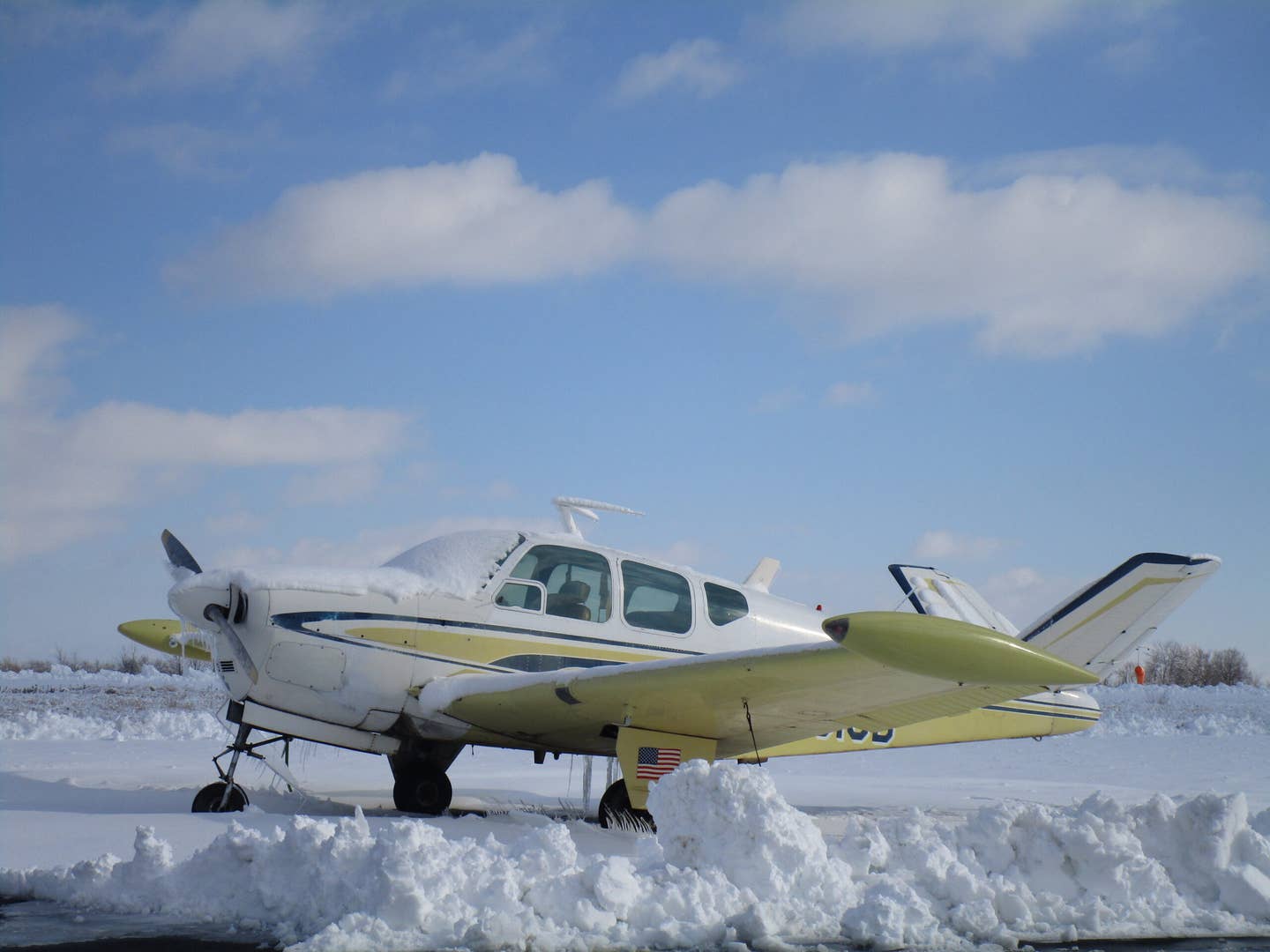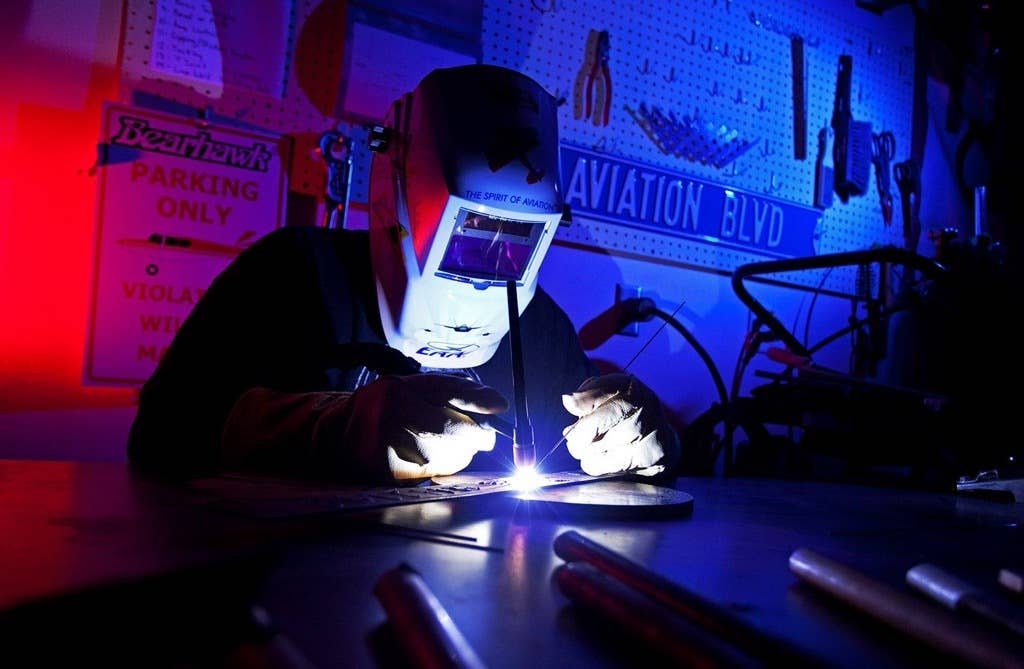F-35C Recovered from South China Sea
This was a real-life mission impossible’¦they crushed it
The F-35C lost during a landing mishap aboard the USS Carl Vinson has been recovered. Thanks to use of an eight-foot-long, 6,400-pound remote submersible vehicle called a CURV-21, the U.S. 7th Fleet's Task Force and Naval Sea Systems Command were able to retrieve the jet from the South China Sea on March 2, about 37 days after the incident. In the landing mishap, the pilot ejected and was safely recovered by helicopter, but seven crew members aboard the Vinson were injured. All seven have since been medically cleared.
Impressively, the crew aboard the Vinson was able to "re-string" the carrier deck with four new arresting cables, clear the debris, and get the ship ready to recover additional aircraft within 45 minutes after the accident.
The Lightning II, which had been chilling in about 12,400 feet of water, has been brought ashore at the US Navy Yard in Yokosuka, Japan, for storage and examination on dry land, according to the Navy's press release. Diving support construction vessel Picasso did the heavy lifting and transport after the CURV-21 attached the ship's lifting hook to specialized rigging and lift lines it had placed on the Lightning II. No word yet on the future of the carrier jet once the examination is done.
It's not the first time the Navy has retrieved a Lockheed aircraft with highly classified equipment on board from the South China Sea, but when they did it back in 1989, they did so for the US Air Force. Thirty-tree years ago next month, the Air Force lost a Lockheed SR-71 Blackbird to catastrophic engine failure at Mach 3 during an operational mission from Okinawa. After its crew ejected, the Blackbird crashed inverted to rest in about 120 feet of water near the Philippines. A fishing boat rescued the crew, and the Navy embarked on what was then called the most expensive underwater aircraft recovery operation in history. They recovered the Blackbird and later provided burial-at-sea for it in the Mariana Trench, at a depth of 25,597 feet. In an unusual ceremony, the Navy buried the SR-71 at sea on Christmas Eve, 1989, with full military honors.

Subscribe to Our Newsletter
Get the latest Plane & Pilot Magazine stories delivered directly to your inbox






